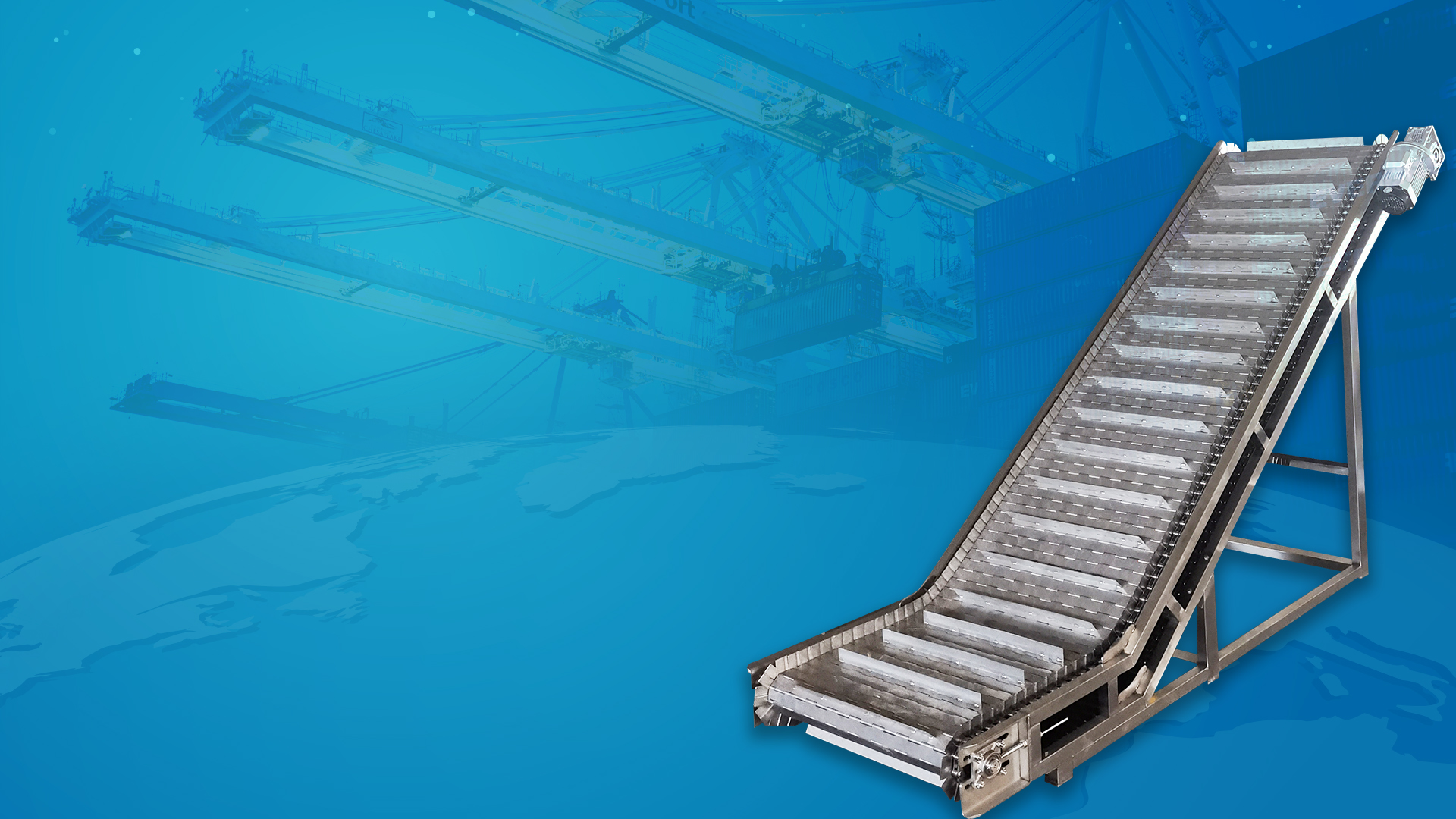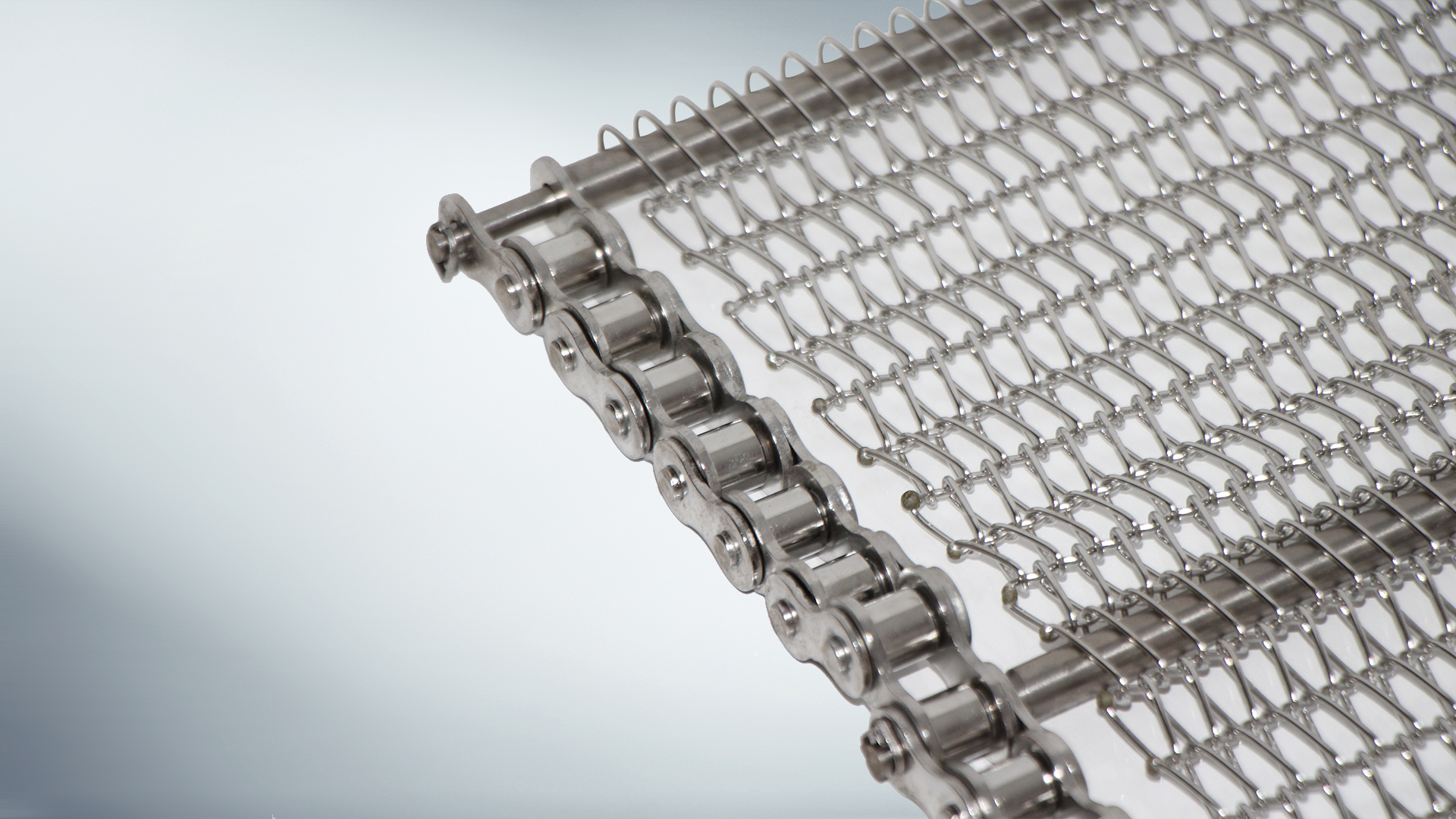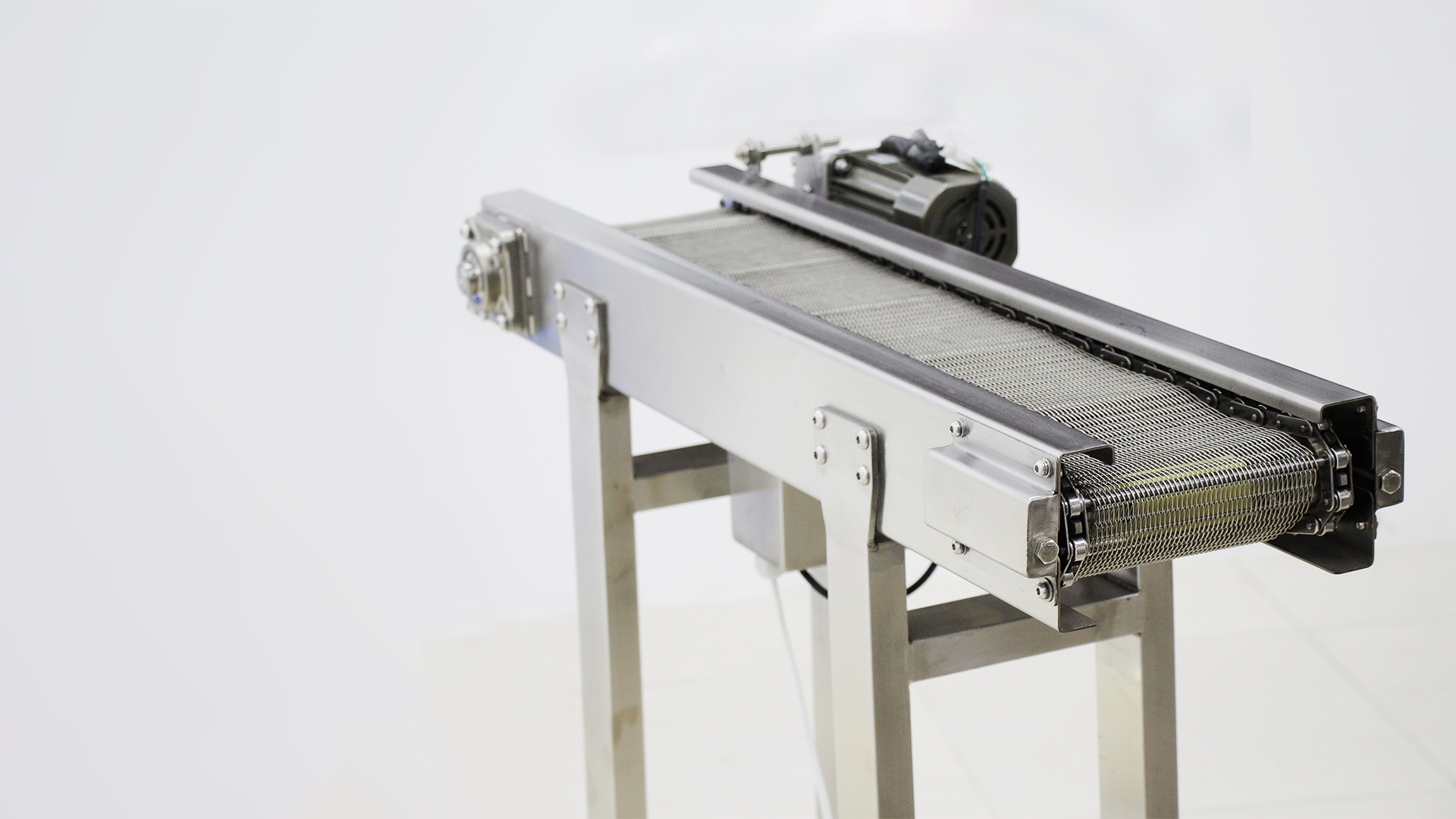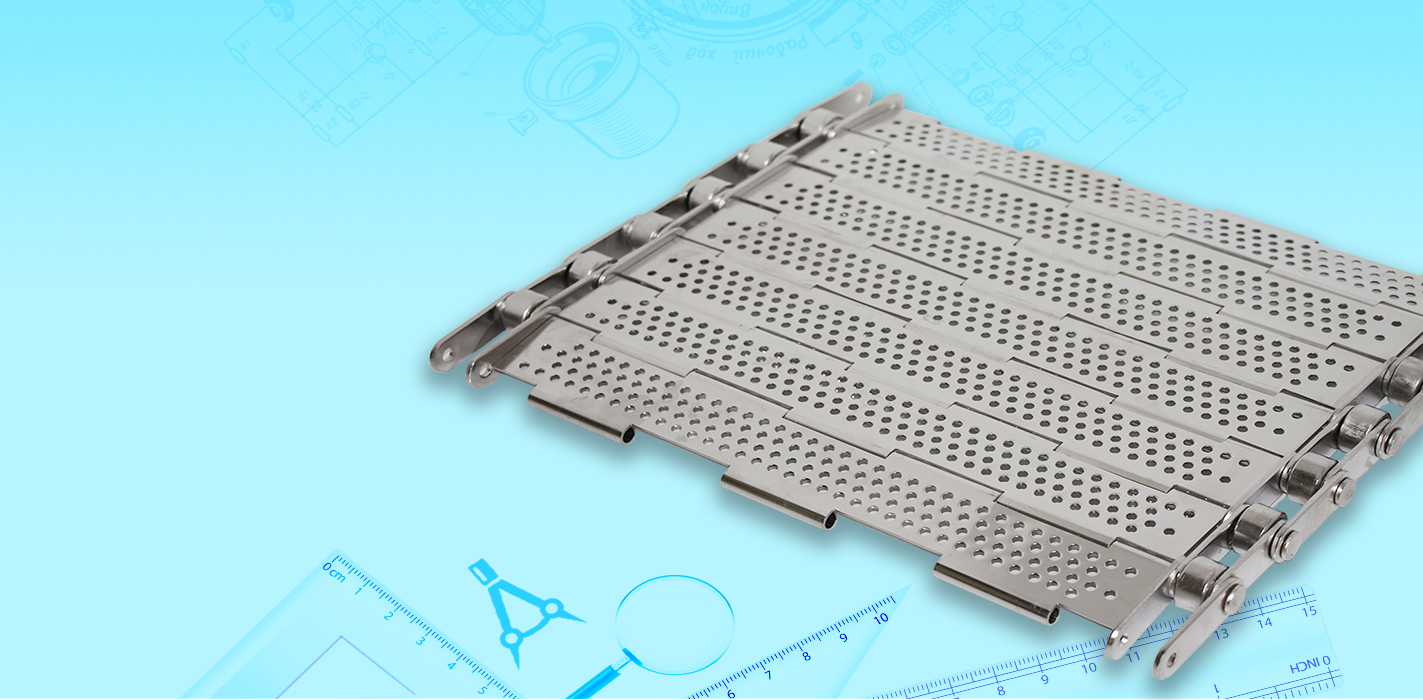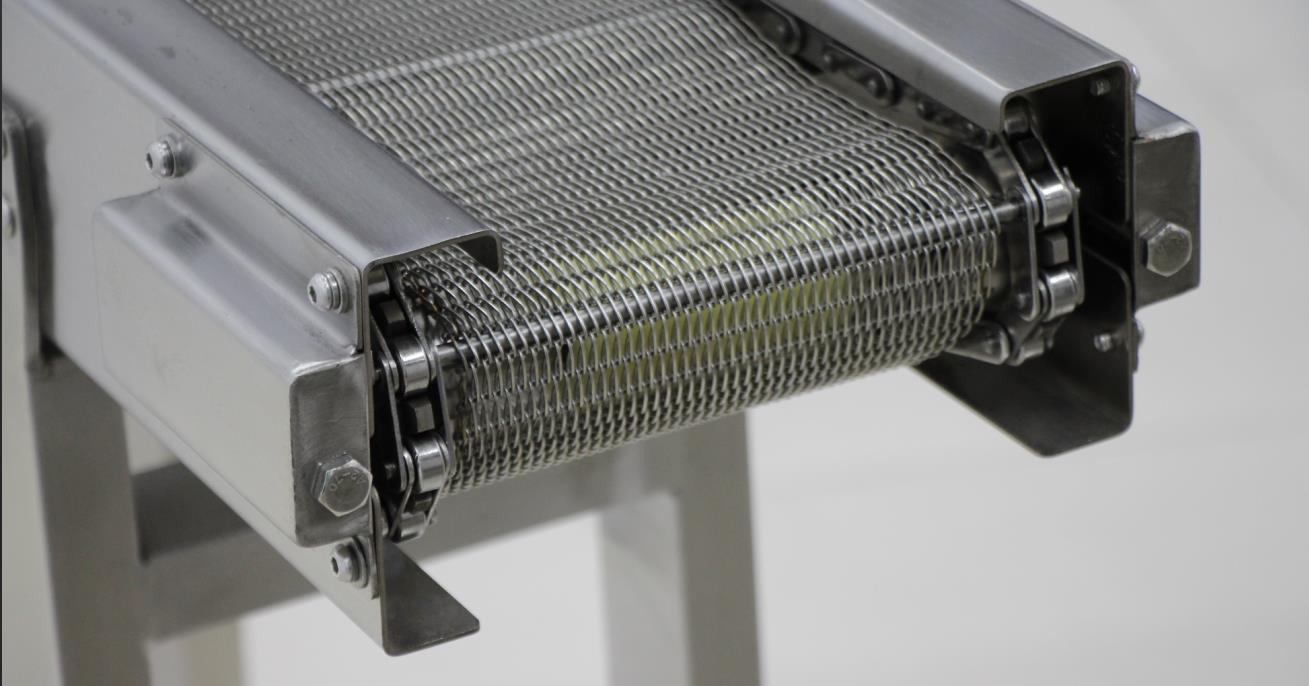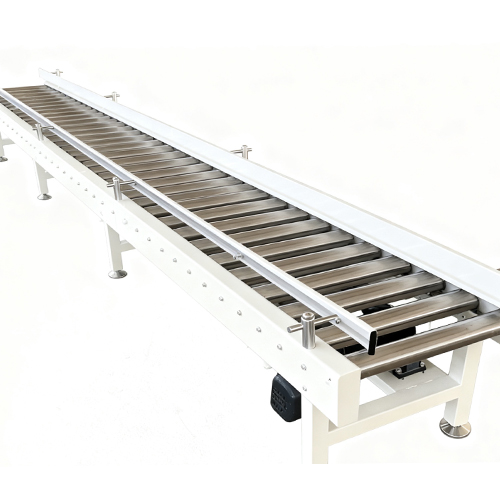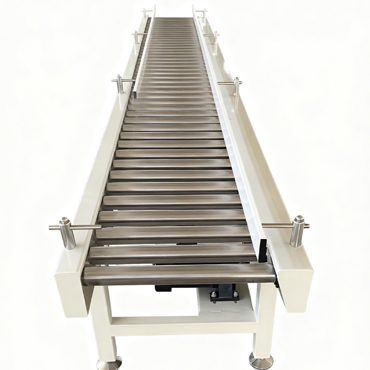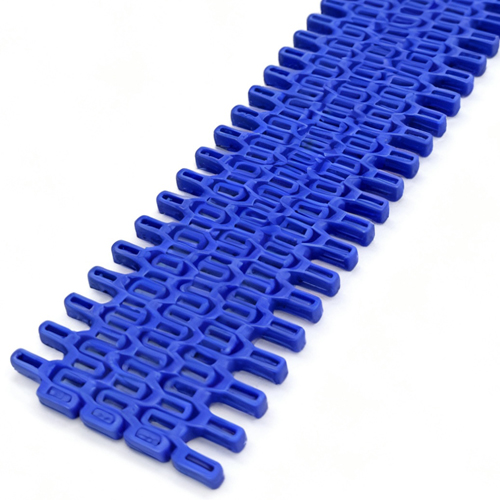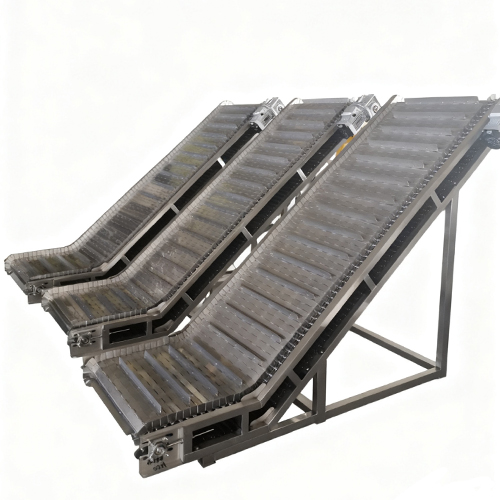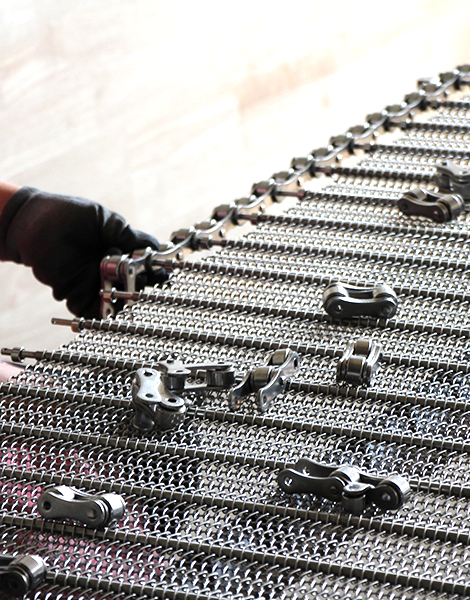The adjustable turning angle of curved chain conveyors is one of their most notable features, offering significant practical value.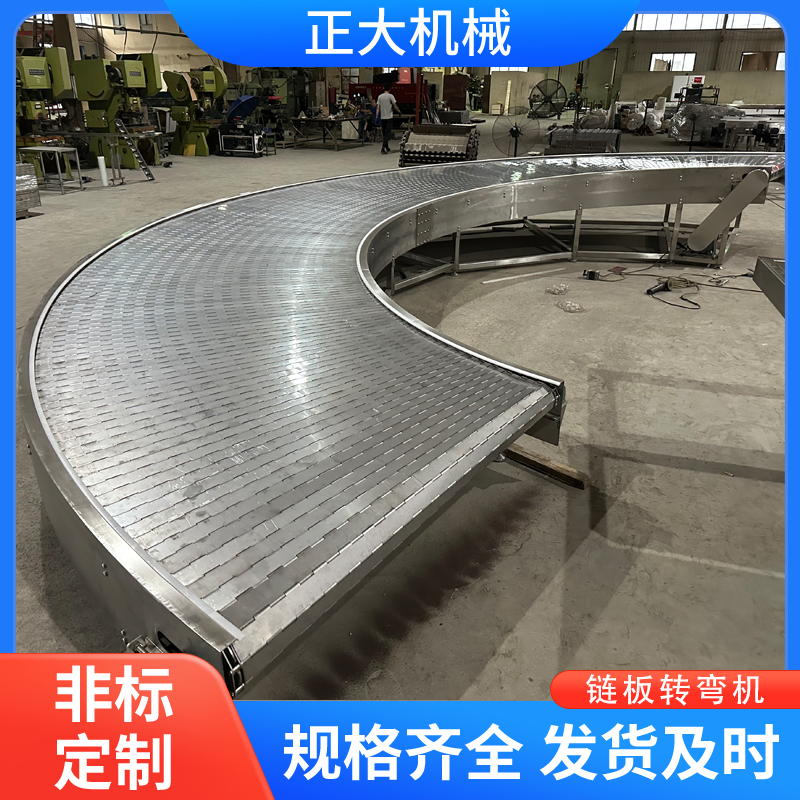
Different production scenarios and material handling requirements demand varying turning angles, making this feature particularly valuable. The adjustable turning angle allows curved chain conveyors to adapt to complex process flows and layouts. In logistics warehousing, for example, when goods need to be transferred from one conveyor line to another via a turn, the angle can be adjusted as needed based on spatial constraints and the direction of the material flow. This ensures the smooth, efficient transfer of goods, thereby enhancing the overall operational efficiency of the logistics system.
Similarly, in industrial production, different equipment layouts and process flows necessitate various turning angles. The adjustable design allows curved chain conveyors to integrate seamlessly into diverse production environments and connect smoothly with other equipment. This prevents issues like material buildup or blockages caused by improper angles, ensuring continuous, stable production.
Additionally, adjustable turning angles provide manufacturers with greater flexibility and adaptability. As production demands evolve or processes change, modifying the turning angle allows the conveyor to adapt to new requirements, eliminating the need to replace the entire system. This significantly reduces equipment procurement and maintenance costs for businesses.
In summary, the adjustable turning angle feature of curved chain plate conveyors expands their applicability across diverse industries and sectors. It enables the creation of tailored solutions that meet specific customer needs, playing a crucial role in enhancing production efficiency and reducing operational costs.



